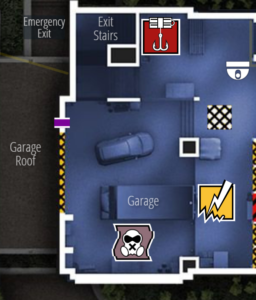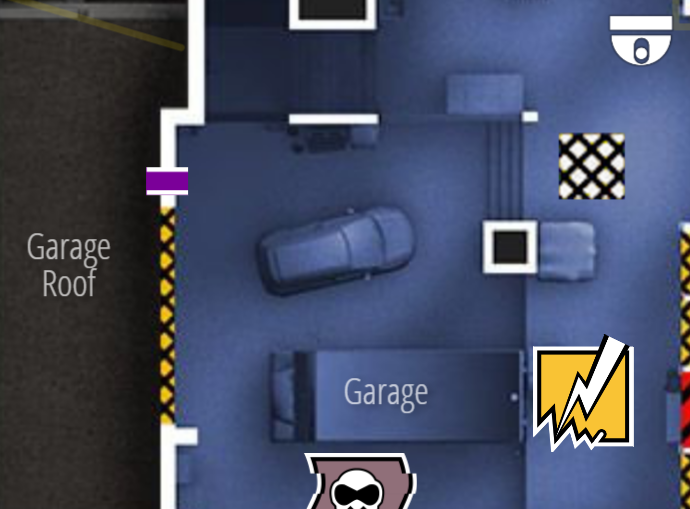Guest post by Liam Horley @LiamHorley1
How to improve your teams performance Part 1: Communication
Information is without a doubt the most important factor to winning a game of siege. So what’s the fastest, easiest and most valuable way to share information?
Using your words!
How many times have you heard the irritating “he’s there!” which is as useless as ‘there’. It could be anywhere! Another popular one being “to your left”, but not saying to who’s left. It's unclear who the person may be talking to, or how far left, but also how many people can’t tell their lefts from rights when put under pressure.
I don’t know how many times I’ve wanted to throw a dictionary at my team. I have a video of us playing in a scrim, pushing Master Bedroom on House. One of my teammates goes down and says “behind the wardrobe, behind the wardrobe”. I push through the Thermited wall between kids bedroom, and another team mate calls out he’s behind the flipped over couch. If that wasn’t done, I'd likely push up to grab the hostage whilst, staring at the wardrobe, allowing the person hiding to pop up and get an easy shot on me.
Now don’t get me wrong, this happens to everyone. It's happened where an enemy caught me so off guard I just say something meaningless like “right at the back” but fail to communicate to the back of where.
Me and my team for the last few months have been trying to use the compass rather than left and rights. This method is alright, but causes the player to look away from the action down to the compass. This has lead to reasonable improvement communicating enemy locations, but it still isn’t 100%.
As we will cover later, knowing the map is vital. Knowing where to call out is by far the superior way of communicating. This takes some time to learn and for everyone to be on the same page.
So I want you, reader, to imagine the garage in consulate. You are an attacker and have just opened up the garage doors. There are 3 enemies left in the room which looks like this:

Now you have a variety of options for this call-out.
- Two to the right, one to the left.
- One south, one south east and one north
- One by the pipes, one behind the van and one peeking van window.
Now as you may notice, technically all these are correct. Yet they are all completely different. The first is a quick message to convey and there’s not much thinking too it. But it lacks the information contained in the third and is only useful to the people in that situation. Perhaps the person watching from garage hears “two right, one left”, but what about the person flanking through kitchen? Now he’s going to be expecting 2 near the pipes, and one near the van.
I found having unique names speeds up the learning process. For example my team gives certain parts of the map the name of kids TV shows. So the construction entrance in Oregon we usually refer to as Bob the Builder. It may not be any faster to say but it’s a hell of a lot more memorable than ‘construction tunnel. We name sewers on bank "Teenage Mutant Ninja Turtles". This definitely not being easier to say, but it sticks in your mind, making it easier to learn. Once your team knows these call-outs you can shorten them to single words. For example "Turtle" and "builder". The important thing is all being on the same page. We also have our own names for some operators, often coming from typos or mispronunciations:
Fuze = Fuke
Blackbeard = Blackbird
Caveira = Sneaky Bitch.
Now just before I wrap this post up, there's one more point to make which is usually ignored. I’ve talked about how communication is vital to winning, and different ways to communicate. So now let’s talk about the opposite, and something I struggle with. Shutting up! Sometimes this is the best thing to do. This is something we will go into in another post, but sound is critical in this game. Learning when to not say anything is incredibly helpful to the team. If you have a bandit trying to electrify a Thermite charge, then this is even more important as he has to listen out for the charge being planted. I remember this being a massive issue in other games I've played. Too many voices at once can confuse a player and also put extra pressure on them. This is even more important when a player is trying to clutch. I recommend having one designated person giving instructions (the IGL), and others only if they receive new info. In my experience with competitive gaming, teaching people to be quiet is a lot harder than it is teaching them to give proper call outs.
To sum everything up, the more detail you can give the better (usually), and being quiet can also be useful.

